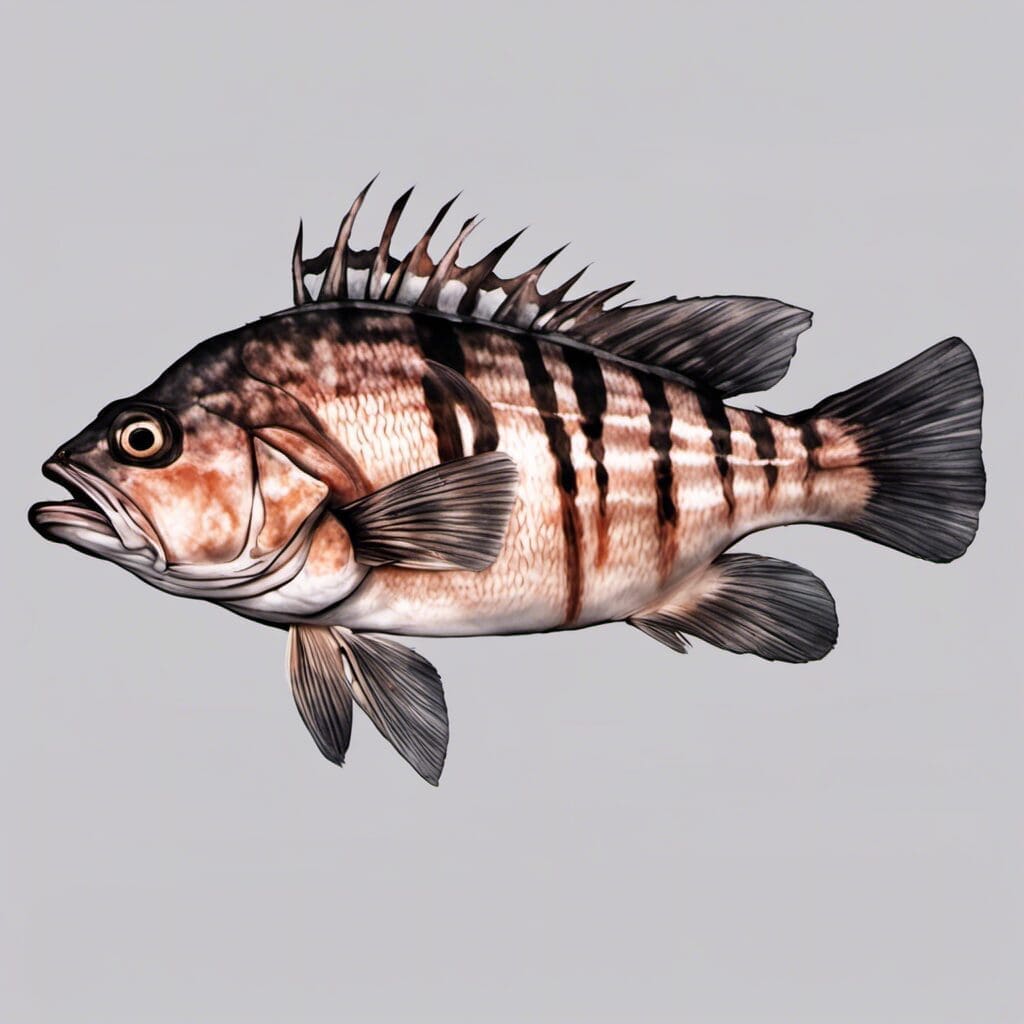Introduction
Stripetail Rockfish belong to the Scorpaenidae family, which cover a diverse range of species known commonly as scorpionfish. They boast a dynamic and colorful appearance, depicting a vivid picture of underwater biodiversity.
Conservation Status
While Stripetail Rockfish are not currently classified as threatened, excessive fishing may impose future risks. Conservation efforts currently include managing fishing quotas and encouraging sustainable catch methods.
Statistics
A table providing a summary of key statistics related to the Stripetail Rockfish is presented below:
| Attribute | Average | Range |
|---|---|---|
| Length | 20 inches | 15-30 inches |
| Weight | 6 lbs | 4-9 lbs |
| Average Lifespan | 25 years | N/A |
Distribution
Stripetail Rockfish are native to the northeastern Pacific, especially coastal regions around Japan and the Bering Sea. They have also been found along North American coastlines from Alaska to California.
Habitats
Favoring rocky subtidal areas, Stripetail Rockfish can be found at a depth range of 100 to 200 meters. They thrive best in cooler water temperature ranges from 45°F to 55°F.
When and Where to See
Stripetail Rockfish can be readily observed during the summer months when water temperatures are slightly warmer. They are generally more active during the day, making this the optimum timeframe for viewing or fishing.
Best Fishing Locations
- Bering Sea, Alaska
- Pacific coast of Honshu, Japan
- Monterey Bay, California
- Puget Sound, Washington
- Hecate Strait, Canada
- Gulf of Alaska
- Aleutian Islands, Alaska
- Vancouver Island, Canada
- Shelikof Strait, Alaska
- Queen Charlotte Sound, Canada
How to Catch
Live bait such as sea worms or squid are preferred by the Stripetail Rockfish. Techniques such as bottom fishing near rock formations are most effective in catching this species.
Identification Guide
Stripetail Rockfish are characterized by their reddish to orange-brown bodies, with dark patches. They have strong spines, high gill covers, and a deeply forked tail, distinguishing them from similar species.
Culinary
Stripetail Rockfish are prized for their firm, mildly sweet flesh. They can be grilled, fried, or baked and serve as a good source of protein and Omega-3 fatty acids.
Additional Information
Stripetail Rockfish are known to be nocturnally active, resting in rocky areas during the day. They feed on zooplankton, crustaceans, squid, and small fish. Predators of the Stripetail Rockfish include larger fish species and marine mammals.

